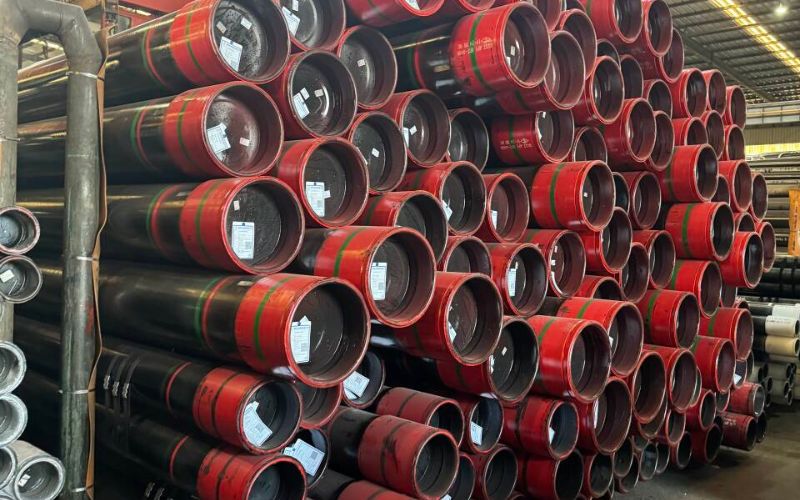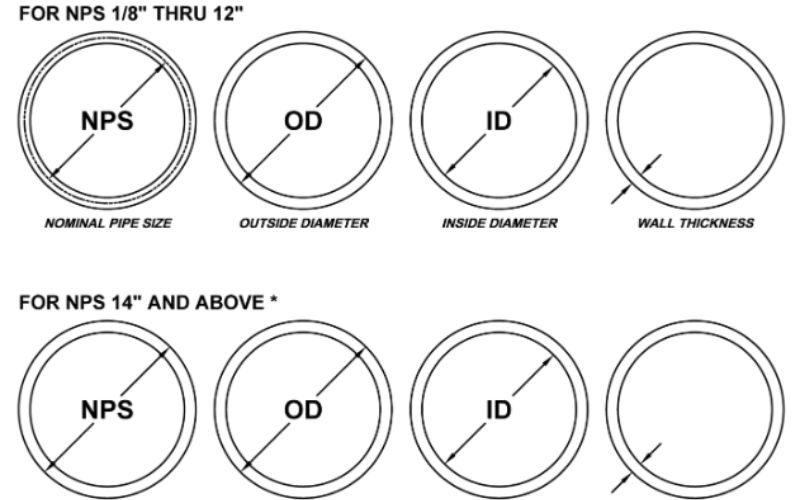Top 15 Line Pipe Manufacturers You Need to Know in 2025(Updated List)
LSAW pipes are integral to numerous industries worldwide. Known for their strength and durability, LSAW pipes constitute the very core in the erecting of critical infrastructure such as oil and gas pipelines, water supply systems, and structural steel projects. This article addresses the top 15 LSAW pipe manufacturers in the world, discussing their strengths in steel pipe production, and core competencies, and technological advantages that differentiate them in the fiercely competitive steel industry.
Overview of LSAW Pipes
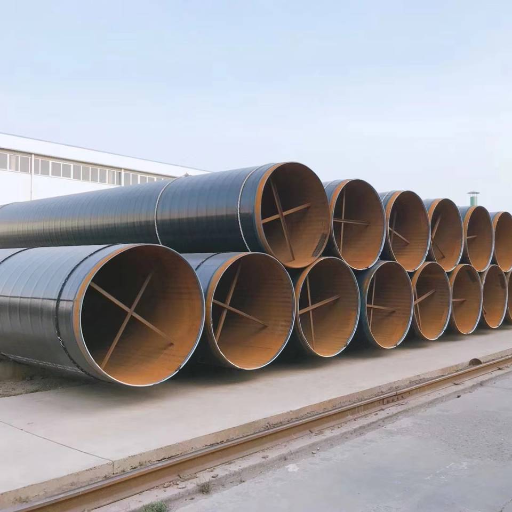
What are LSAW Pipes?
LSAW pipes or Longitudinally Submerged Arc Welded pipes fall under a kind of welded steel pipe, which is widely used across industries. Steel plates are hot rolled and pressed to the cylindrical form of the pipes that are welded with submerged arc welding techniques. LSAW pipes are used for transporting fluids such as oil, gas, and water. It has been considered sturdy enough to withstand high-pressure constraints. LSAW pipes are typically manufactured to specifications such as API 5L and ASTM, enabling them to withstand and perform effectively in harsh environments.
Applications of LSAW Pipes
Of all the uses these pipes have, the most paramount are those related to engineering services, due to their structural integrity and versatility. LSAW pipes serve primarily in oil and gas offshore and onshore pipeline construction. They are used for large-diameter pipelines in water supply systems and in the fabrication of heavy structural steel. Because the LSAW pipes can withstand high-pressure environments, they are used in oil and other industries that require strong and durable piping solutions.
Advantages of LSAW over Other Pipe Types
An LSAW pipe offers several distinct advantages over other types of pipe. The process of longitudinal welding enables the creation of a high-quality weld that imparts superior structural properties, corresponding to strength and durability. LSAW pipes can accommodate immense diameters and thicker walls for use in high-pressure applications. Additionally, their manufacturing process is highly flexible, allowing for any required length and specification to be achieved, which is a crucial feature for customized pipeline projects. Being adaptable, coupled with their rugged nature, makes LSAW pipes always in demand in the steel pipe industry.
Key Characteristics of LSAW Pipe Manufacturers
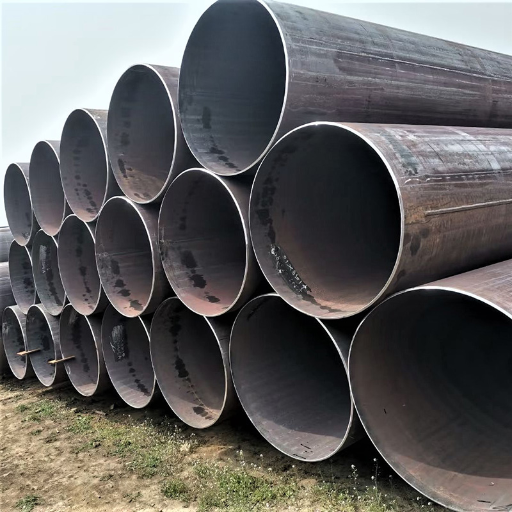
Quality Standards and Certifications (API, ASTM)
The competitive landscape of LSAW pipe manufacturing stands on several quality standards and certifications, and traditionally, an extreme adherence to these standards has been necessary. Top-notch manufacturers ensure that their products are tested to international benchmark specifications such as API 5L and ASTM specifications. The standards certify that the integrity and reliability of LSAW pipes are maintained for use in hazardous applications within the oil and gas industry. Certification by API and ASTM is a sign of commitment to excellence and is extremely important in gaining market trust for high-quality, durable welded steel pipes.
Technological Innovations in Pipe Manufacturing
Districts making the top LSAW pipe manufacturers stand for one! The pipe forming techniques have been the greatest successes in producing longitudinally submerged arc welding pipes, i.e., the JCOE-forming and UOE-forming methods. Through precise measurement and control of pipe dimensions and quality, these forming activities ensure consistent pipe strength and durability. Further evolution in submerged arc welding processes enabled greater weld efficiency and quality, producing perfectly welded steel pipes that meet the stringent demands of industries requiring carbon steel and alloy steel pipes.
Market Trends in the LSAW Pipe Industry
Growth today continues to be a pressure on the industry from the need for oil and gas infrastructure and similar requirements. With a bigger pipeline, there is generally a growing demand for big-diameter pipes, which are, of course, the largest in size. However, there is also growing environmental concern regarding the impact of pipe manufacturing processes. Ecology-friendly methods and technologies prevent waste discharge into the environment and reduce energy consumption. This green shift is a win-win situation for LSAW pipe producers, as they can meet the environmental agenda while positioning their brand positively in the global steel industry.
Top 15 LSAW Pipe Manufacturers
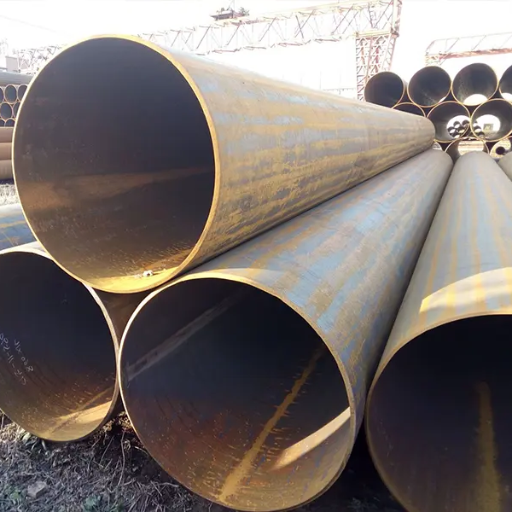
Complete Manufacturer Overview (7-15)
Conclusion
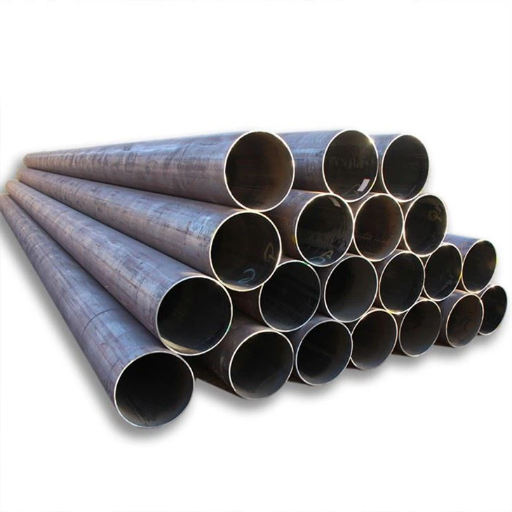
Summary of Findings
The study of the top 15 LSAW pipe manufacturers has drawn forth a landscape of innovation, strict quality control criteria, and widely varying capabilities. These manufacturers produce LSAW pipes tailored to the demanding industries, oil and gas in particular, through steel plate manipulation and welding techniques. Founded on API 5L and ASTM, these manufacturers stand out for ensuring the production of genuine welded steel pipes. From developing ingenious advancements in seamless steel pipe techniques to mastering the production of large-diameter pipes, each of them holds an important place in the steel world.
Importance of Choosing the Right Manufacturer
LSAW pipe manufacturer has to be selected very carefully, for the success and longevity of any pipeline project. The manufacturing standards and latest technologies used by an LSAW pipe manufacturer in their pipe-forming operations directly determine the integrity and suitability of an LSAW steel pipe. The manufacturing of carbon steel and alloy steel pipes by submerged arc welding, adhering to specifications such as API 5L, gives the manufacturer a competitive edge in producing durable and reliable products. In contrast, when it comes to heavy-duty applications and harsh environments, a manufacturer with proven experience and an innovative spirit ensures the pipes will last.
Future Trends in LSAW Pipe Production
The future of producing LSAW pipes faces major changes as technology and market demands evolve. Also, issues of sustainability are gaining prominence, with manufacturers investing heavily on the research and development of eco-friendly processing methods including those that minimize environmental impacts. Growing demand for large-diameter pipes, needed for projects that are offshore and large-scale infrastructure, spawns further innovations in forming processes such as JCOE, UOE. Besides, the use of advanced materials, for example, stainless and alloy steels, will probably improve the performance and application spectrum of LSAW pipes. As the scenario unfolds, manufacturers will work to place R&D on a continuous track so that future needs of a highly dynamic global marketplace can be well met.
This comprehensive guide provides insights into the leading LSAW pipe manufacturers worldwide, helping industry professionals make informed decisions for their steel pipe requirements.



